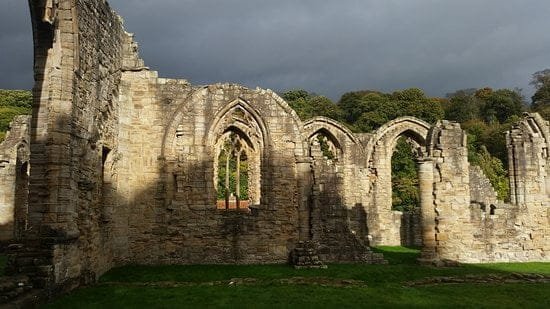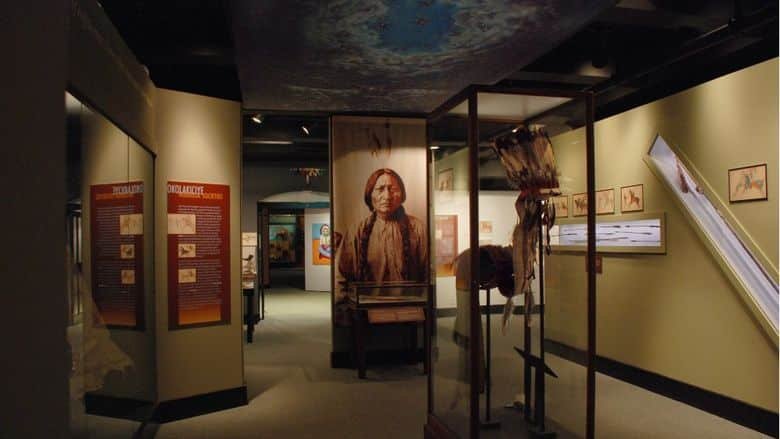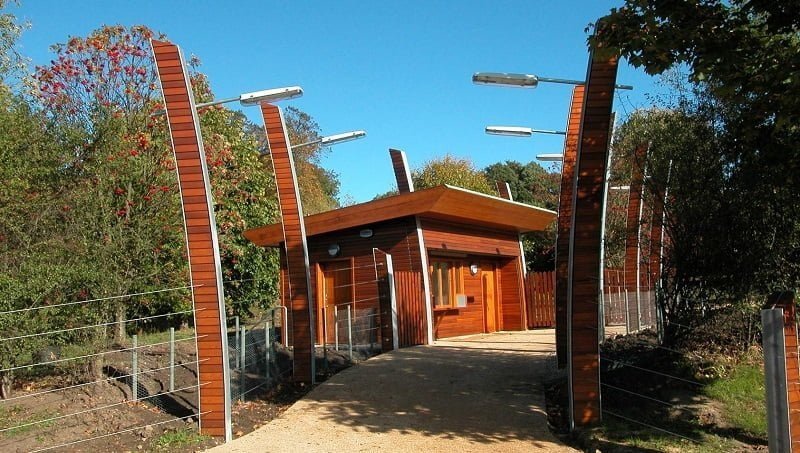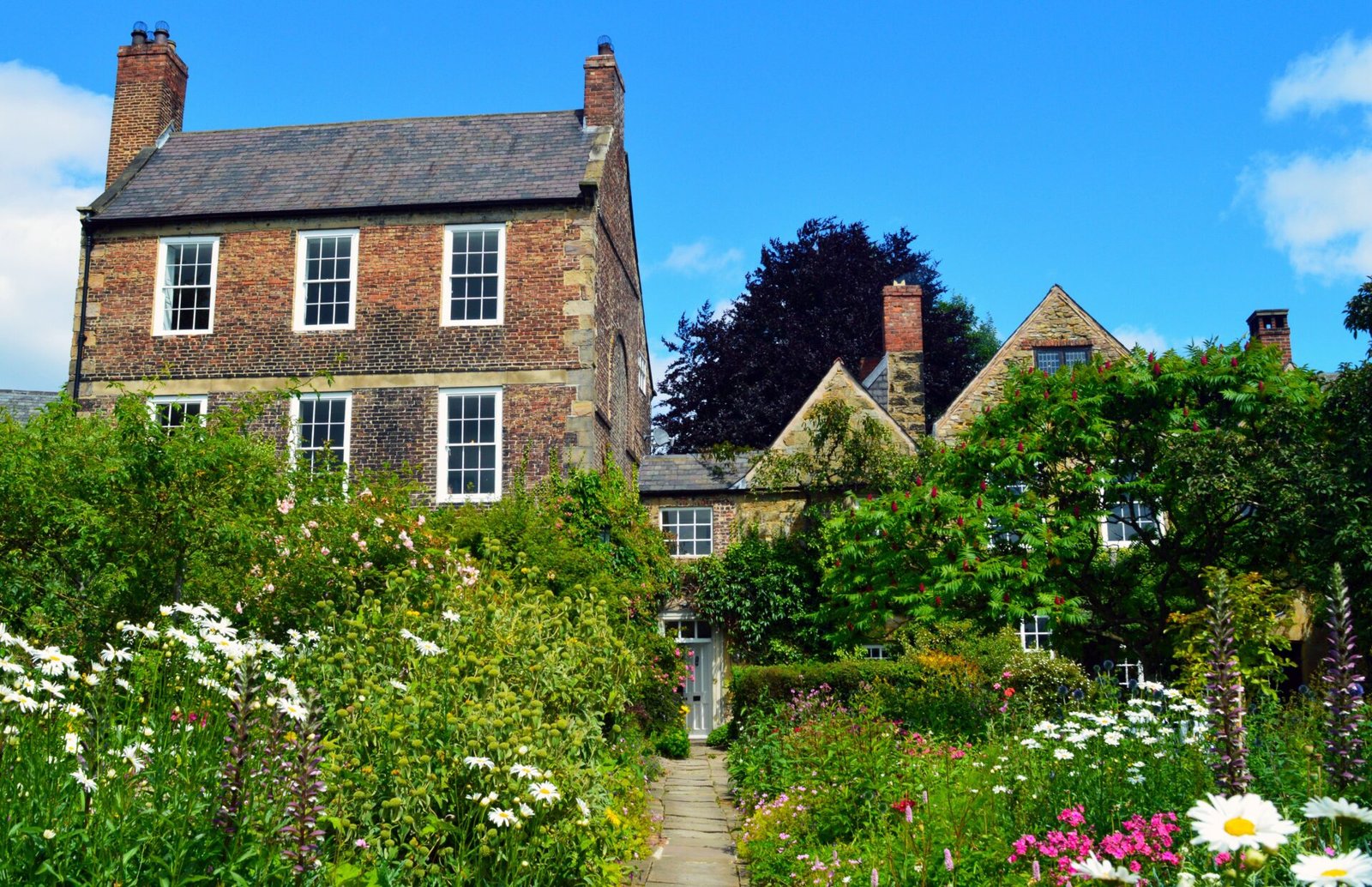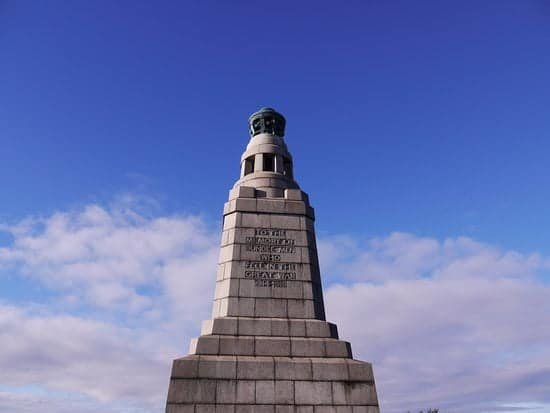Tag: durham
-
Finchale Priory
Finchale Priory is located on the River wear, where the remains of Finchale Priory stands, the castle was founded in the 1196, where the hermitage of St Godric, who was a retired sailor and merchant. Later on the priory became a outpost of Durham Cathedral and was functioned as a vacation retreat for the priests…
-
Durham University Museum of Archaeology
The Museum of Archaeology founded in 1833, It was the second University Museum in England to open its doors to the public. The Museum has collections from Ancient Greece, Prehistoric and Roman to Medieval. In June 2013 the Museum closed to the public to allow for a move to a larger gallery in the redeveloped…
-
10 Facts You Might Not Know About Durham
The name “Durham” comes from the Old English “dun”, meaning hill, and the Old Norse “holme”, which translates to island, ‘Hill Island’ Durham Regatta has been held on the River Wear in Durham since 1834. It is the second oldest regatta in Britain The Bowes Museum houses a 230-year-old musical automaton in the form of…
-
Durham Cathedral
Durham Cathedral was built in the late 11th and early 12th centuries It was founded as a monastic cathedral built to house the shrine of St Cuthbert, ‘Evangelizer of Northumbria’, replacing an earlier church constructed in his honour. It attests to the importance of the early Benedictine monastic community and is the largest and finest…
-
Durham University Botanic Garden
The Durham university Botanic lawn is a botanical lawn located in Durham, the garden is is 25 acres of mature woodlands inside the southern outskirts of the city. The botanic gardens had been placed on their present site in view that 1970 before being officially opened in 1988 by the then Chancellor Dame Margot Fonteyn…
-
Durham Statistics and figures
Durham in numbers POPULATION Source: UK National Statistics [su_table] Population 50,000 (2011) Students 17,505 (2014) Males 24,049 (2011) Females 23,736 (2011) Age Distribution: 0-14 years 5,170 (2011) Age Distribution: 15-29 years 17,341 (2011) Age Distribution: 30-44 years 7,239 (2011) Age Distribution: 45-59 years 7,807 (2011) Age Distribution: 60-74 years 6,892 (2011) Age Distribution: 75+ years 3,336 (2011) [/su_table] TOTAL…
-
Crook Hall
Crook Hall is a 14th century Manor, located less than a mile from the centre of Durham. The manor was built in sandstone with a Welsh slate roof, one of the oldest parts of the manor can be dated back to the 14th century and an extension was made in the 18th century and is surrounded…
-
Durham Castle
The Durham Castle was built in 1072, orders of William the Conqueror and supervision of Earl of Northumberland, Waltheof, However he rebelled against William and was executed in 1076. The castle was under control of Bishop of Durham, who purchased the earldom and thus becoming the first of the Prince-Bishops of Durham, this tittle had…
-
Law, Dundee
The Law is located on a Mountain Peak in Dundee, Scotland. It’s predominant feature is an extinct volcano, which gives it its name. It’s also said that the Dundee Law was given it’s name by the Anglo-Saxon ‘hlāw’, which means a grave-mound or from the Gaelic phrase for a mound. The is a secret tunnel which…

